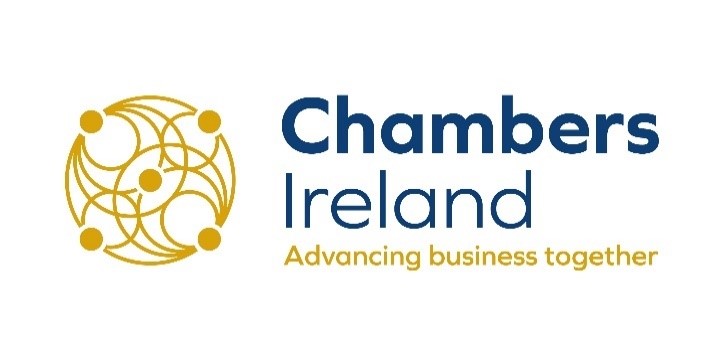Chambers Ireland Urges Caution in Gender Pay Reporting Legislation

Today, on International Women’s Day (8 March), Chambers Ireland welcomes the announcements from Minister for Justice Charlie Flanagan that Government intends to take additional actions on increasing visibility of women on state boards and the advancement of women’s equality through the National Strategy for Women and Girls. However, Chambers Ireland urges Government to take a business-friendly approach in its proposals for Gender Pay Gap legislation.
Speaking this afternoon, Chambers Ireland Chief Executive Ian Talbot calls on the Minister for Justice and Equality to ensure that the proposed legislation is diagnostic in its objective and administratively easy to use for business.
“Chambers Ireland has been at the fore in calling on Government to introduce measures that will narrow the gender pay gap. Amongst our recommendations to Government, we have called for sustained investment in affordable childcare provision.
It is our view that one of the primary causes of the gender pay gap in Ireland is the high cost of childcare. It is well established that the high cost of childcare contributes to lower female market participation and a greater likelihood of part-time working. Having a greater understanding of the nature and causes of the gender pay gap will be crucial if we intend to narrow this gap. This legislation has the potential to be a valuable diagnostic tool in understanding the reasons why pay disparity exists.
However, we caution Government on its approach in developing this tool. It is essential that this legislation introduces a reporting mechanism that is administratively easy to use for businesses. We also are of the view that introducing additional complex administration to businesses as small as fifty would be counterproductive, particularly in an era where SMEs are already facing rising costs and more difficult trading environments.
We call on Government to re-think this aspect of the legislation and focus on larger companies.
In line with any new reporting mechanism on the gender pay gap, we urge Government to ensure that it continues to invest in making childcare more affordable for working parents. Without sustained investment in the structural causes of lower female market participation, reporting on gender pay gaps will not address gender pay gaps.”
– ENDS –
